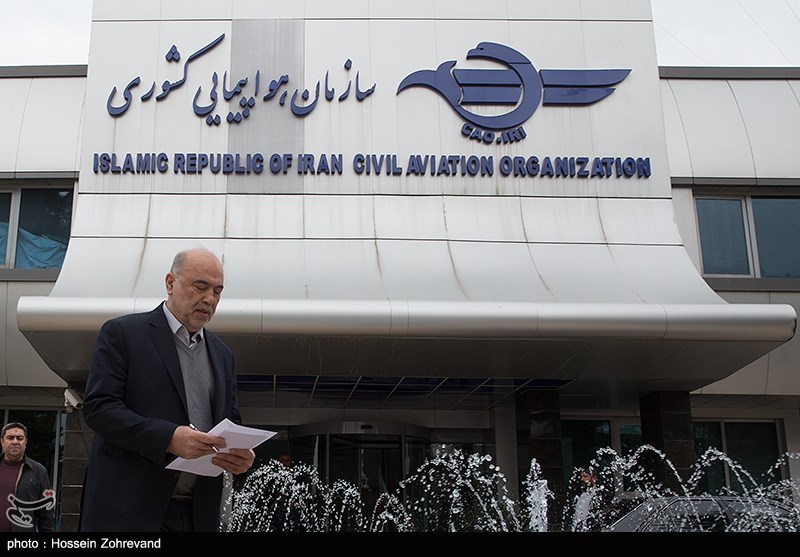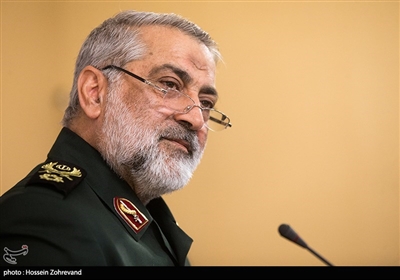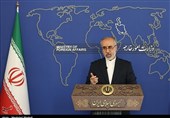Iran’s 2nd Report on Crashed Plane Reveals Detailed Technical Info
TEHRAN (Tasnim) – Iran’s civil aviation agency released its second preliminary investigative report on the Ukrainian airliner that crashed this month near the capital, Tehran.
According to the report, the Kiev-bound Boeing 737-800 took off from runway 29R at Imam Khomeini International Airport at 06:12 a.m. local time on January 8 and was then delivered to approach unit at Mehrabad Airport in the capital.
From 06.18 a.m. onward, the radar controller repeatedly tried to contact the pilot as the flight information was lost, but he received no answer, it added, Press TV reported.
The radar data showed the plane was flying at an altitude of 8,100 feet, but the aircraft identification and altitude information later disappeared from the radar screen, and no radio messages were received from the pilot regarding unusual circumstances.
After samples were examined at the crash site, the possibility of laser and electromagnetic (radioactive) rays having hit the aircraft was excluded.
Samples were also tested at laboratories to look for traces of explosives both inside and outside the aircraft.
According to the report, preliminary examinations suggest the need for the plane wreck to be subjected to thorough investigation for possible traces of explosives.
The report further noted that the flight data recorder and the cockpit voice recorder — commonly known as black boxes — feature cutting-edge technology and Iran lacks the technical facilities to decode them.
“If devices are provided, the information (on the black boxes) can be restored and retrieved in a short period of time,” it added.
Iran's civil aviation agency has requested French and US accident investigation agencies, the BEA and NTSB, respectively, to provide a list of the equipment required to decode the black boxes and to examine the possibility of transferring them to Iran.
However, it pointed out, neither organization has “so far responded positively” to the request, adding Iran is considering the purchase of those equipment.
The report emphasized that Ukraine’s team of investigators, under the supervision of an Iranian team, were inspecting the plane wreck to assess the impact of any foreign object debris, or FOD.
Two Tor-M1 missiles were fired at the airliner from the north, the report said, adding how the projectiles contributed to the crash were still under investigation.
Ukraine, the US, France, Sweden, the UK and Canada have so far introduced their representatives to be provided with access to crash data, the report concluded.
The Tehran-Kiev flight was unintentionally shot down by an Iranian air defense unit shortly after taking off from Tehran on January 8, killing all 176 passengers and crew members on board.
The Iranian operator was reported to have mistaken the Boeing jetliner for a cruise missile.
The incident came as Iranian air defenses were at the highest level of alert following the country’s missile attacks against US bases in Iraq, which came in retaliation for Washington’s assassination of senior Iranian commander Lieutenant General Qassem Soleimani.






